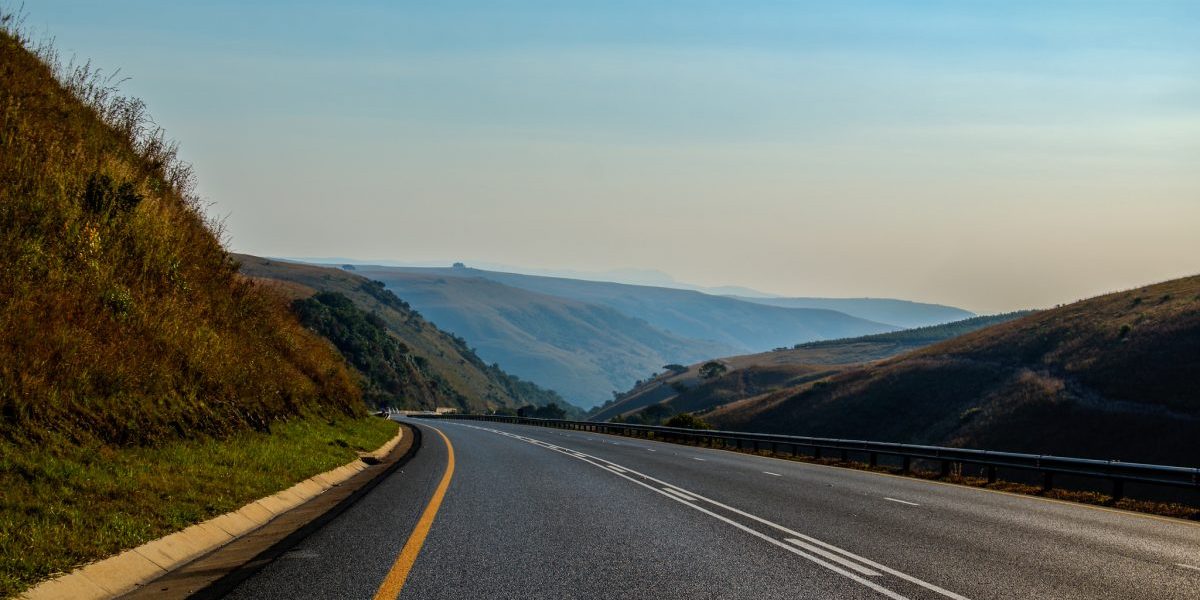After the 30 year period, the road reverts to the governments. The toll road was financed from 20% equity and 80% debt. The three construction companies who are the sponsors of the project contributed R331 million worth of equity with the rest of the capital provided by several investors. The debt investors include South Africa’s four major banks and the Development Bank of Southern Africa. The governments of South Africa and Mozambique jointly guaranteed the debt of TRAC and, under certain conditions, the equity as well.
At the time it was the biggest project finance deal in Southern Africa. The N4 faced demand risk – would cars pay to use this road when less well-maintained but free alternative routes existed? Traffic volumes were dependent on increased regional trade and economic growth in Mozambique. There was considerable user payment risk in Mozambique as poor communities were unable and unwilling to pay high toll fees. TRAC subsidised the Mozambican portion of the road with higher revenues from the South African side and also provided substantial discounts to regular Mozambican users.
The N4 toll road has facilitated other infrastructure projects in the region such as the development of the Maputo Port (also a PPP) and the establishment of the Mozal aluminium smelter. The road has also helped to grow tourism in the region.
Lessons:
- The commercial risk was shared between a range of partners.
- Cross-subsidisation (from the more affluent South African users) and substantial discounts for regular Mozambican users helped to reduce the user payment risk.
- The road facilitated further private sector investment in Mozambique, which in turn raised traffic volumes.








